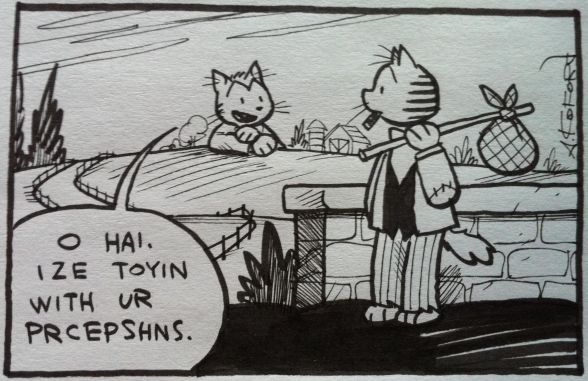My Mommy is in America and She Met Buffalo Bill, Regnaud & Bravo
Based loosely on Regnaud’s experience of being a little kid with no mom, Jean (maybe consciously, maybe not?) invents a mom who is on vacation. The art and characterization are really spot on for a story of a 6 year old, but I think this is clearly a book for adults (it won an award in the ages 8-13 category). Three stars and call your mom.
The Dust Bowl Through the Lens: How Photography Revealed and Helped Remedy a National Disaster, Martin W. Sandler
There are plenty of books about the Dust Bowl that use the gorgeous photographs from the Farm Security Administration (and probably only partly because they are in the public domain), but this one is notable because it figures the photographers and their photographs into the many players in the Dust Bowl’s events. The economic and environmental causes are covered (which is nice, many just gloss over them as overfarming), but also the New Deal’s influence on the creation and documentation of programs for farm workers and how that led to a new wave of politically and socially motivated documentary photography. The book even covers the influence of the new photography magazines like Life and Look and how that spread concern for farm workers. For a fairly short and photo-heavy book, I got a lot of new information. Four stars.
Red, Warren Ellis
I filled in a request for this (my library didn’t have a copy), hoping they would buy a reprint because the movie is coming out soon. Instead I got an Interlibrary Loan copy. Great premise and great character development done quickly and painlessly. The story ends suddenly (and only halfway through the total page count, the rest filled out with the script and sketches, being the first actual example of what I thought was only a concept: ending the story somewhere in the middle of the book so you can’t anticipate plot developments based on how far along you are [for instance, “he can’t be the killer, I’ve still got 2/3 of the book to go!”]). I can see why it would be appealing to make into a movie, and I wonder what changes have been made besides adding 2 more lethal protagonists. Two stars.
Japanese Schoolgirl Confidential: How Teenage Girls Made a Nation Cool, Ashcraft.
The author writes articles about Japanese schoolgirls for various publications, so perhaps not surprising that this book reads like an assembled set of articles rather than a whole book (including re-stating similar material from chapter to chapter). The topic is schoolgirls: both the actual girls, women in their early twenties who also drive the economy of cool, characters dressed like schoolgirls in porn and slasher films, magazines with either actual schoolgirls or the fantasy of schoolgirls, and the sort of awful sexual consumption of the image (and sometimes reality) of schoolgirls by adult men. Informative, creepy, and poorly edited. Two stars.
What I Eat: Around the World in 80 Diets, Menzel and D’aluisio
Like What the World Eats, but for one person and one day of meals. In this book, the portraits are arranged by total calories, which is interesting and confusing (a sumo wrestler is in the middle of the range), and it’s hard to tell where all of the calories are coming from (or going to, looking at each person) in some pictures. Seems like it could make a pretty good online resource, if you could click on each food to learn more about it. There is a web site, but as of today it doesn’t have anything on it. My favorite part, as always, is learning about foods I have never seen before. My least favorite part, new to this volume (and most of which I skipped) is essays by nutritionists and food persons. The authors seem to be targeting the slow food/artisinal food person market. Yawn. Two stars.
The Best American Crime Reporting, 2010
As much as I enjoy startling tales of crime, this collection is even better, since the stories usually cover years of background leading up to the incident and then years of the legal process in time after: it’s not just the moment in time, it’s motivation and consequence. Because these are good writers, they raise difficult questions of morality, the nature of guilt, how we can prove something, and why people do bad things. This series is really good. Four stars.
City of Spies, Susan Kim & Laurence Klavan, art by Pascal Dizin
The art is gorgeous ligne claire, but the story doesn’t live up to the art. Too bad. I stopped reading the story and just looked at the pictures. One star.
